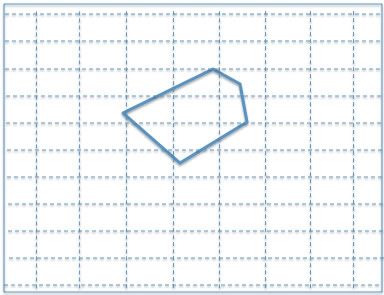Primary Solids
A primary solid can be any basic shape from a cube, sphere, cylinder or pyramid. Primary Solids can be defined as primary shapes that can be extended or rotated to generate volumetric forms or solids that are distinct, regular and easily recognizable. For example: Circles generate spheres and cylinders, triangles generate cones and pyramids, squares generate cubes. etc.
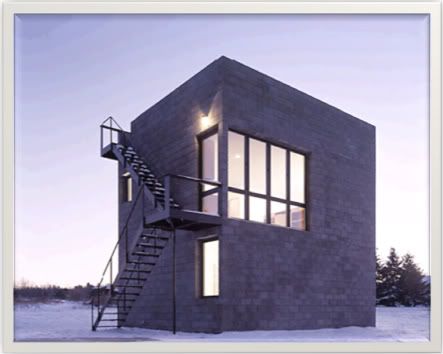
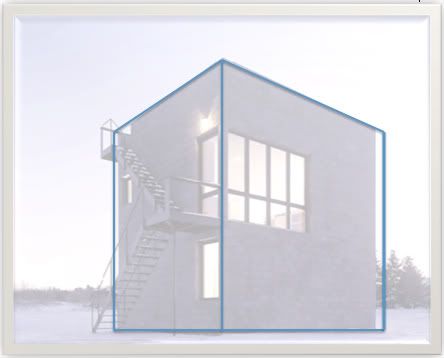

Dimensional Transformation
Dimensional transformation is defined as a form that can be transformed by altering one or more of its dimensions and still be able to retain its identity as a member of a family of forms. The cube is the easiest of the forms to transform, it can be extended from any of its sides to create an alternate form, while still retaining its dimension.

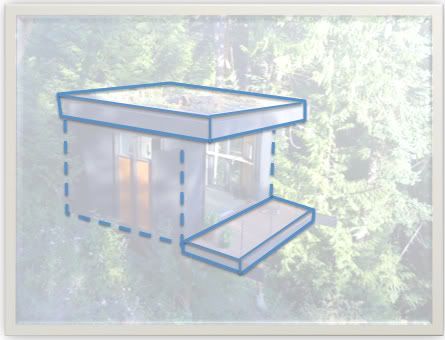
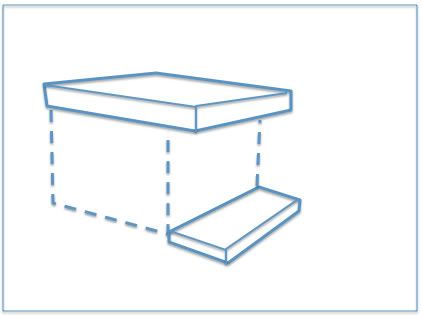
Subtractive Form
Subtractive form can be seen almost anywhere in architecture. This is where a original form has a secondary form subtracted from it, losing a part of it's overall mass. This can be easily explained through diagrams:
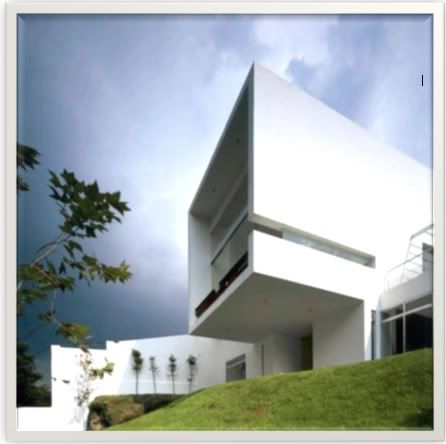


Additive Form
Additive Form is easier to overlook in regards to architecture. It is produced by relating or physically attaching one or more subordinate forms to the original volume.
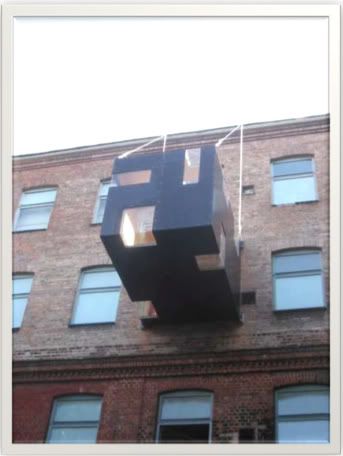

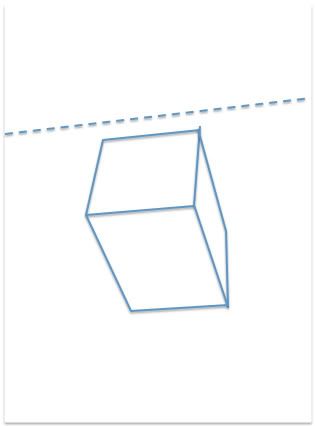
Rotated Grid
Rotated Grid is easily recognizable as it generally creates an easy focal point for the viewer. An average grid consists of multiple 90 degree lines connected together to create several boxes stacked together. With rotated grid, it is basically the same concept, except instead of all of the included lines being at a strict 90 degree angle, they are at any other angle. The farther away from 90 degrees, the more dynamic and interesting it is to the viewer.


